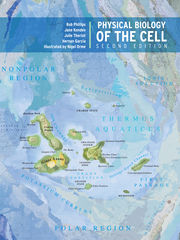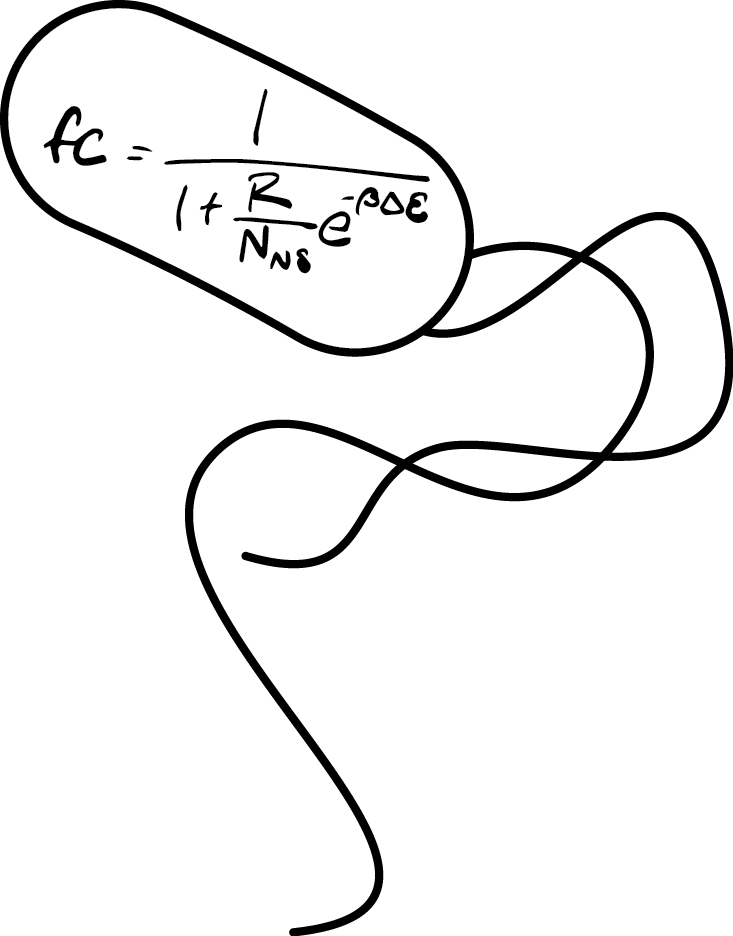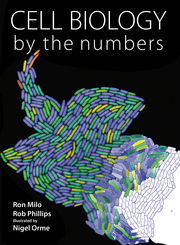Textbooks
Physical Biology of the Cell, 2nd Edition
by Phillips, Kondev, Theriot, and Garcia
ISBN: 0815341636
by Phillips, Kondev, Theriot, and Garcia
ISBN: 0815341636

Schedule
| Date | Topic |
|---|---|
| Sunday, January 20 | The TAs will help you set up a working Python computing environment. Held from 16:00 - 17:00. |
| Monday, January 21 | Welcome to the revolution! We will discuss the importance of physical reasoning and numeracy in approaching biological problems and perform some back-of-the-envelope estimates of cells, the cost of a gene, and the central dogma. Furthermore, we’ll examine diffusion in biology by tackling transport in neurons, synapses, and fluorescence recovery after photobleaching. |
| Tuesday, January 22 | We will cover fundamental aspects of regulatory biology. Through enumerating some simple master equations, we’ll examine the physics of the central dogma. After a crash course in statistical mechanics, we will aspects of gene regulation and allosteric regulation through induction. |
| Wednesday, January 23 | We will continue with ligand-reception binding and gene regulation, and talk about the MWC model of allostery. After a quick introduction to genetic switches, we will then move onto drosophila to estimate transcription rates and think quantitatively about the fly body plan. We’ll wrap up by beginning a discusson about cellular organization and membranes. |
| Thursday, January 24 | We first finished up with our discussion of membranes. One of the most central questions of biological physics is the flow of energy through life. Next, we look at the dynamics of active matter and intracellular phase transitions. We’ll finish up the day by taking a look at cytoskeletal motors and the theory to describe formation of the cytoskeletal filaments. |
| Friday, January 25 | We finish up with our quantitative discussion of cytoskeletal filaments and then shift topics to discuss biological error rates and genetic proofreading. We finish the course by noting that biophysics and evolution speak the same language. We will explore physical descriptions of evolution including the fundamental driving forces of evolution such as selection and drift as well as evolutionary models of transcription factor binding. We will also introduce and quantitatively explore principles of biological specificity and the concept of adaptation. We will spend the final part of the course reviewing what we’ve learned in five short days. |



